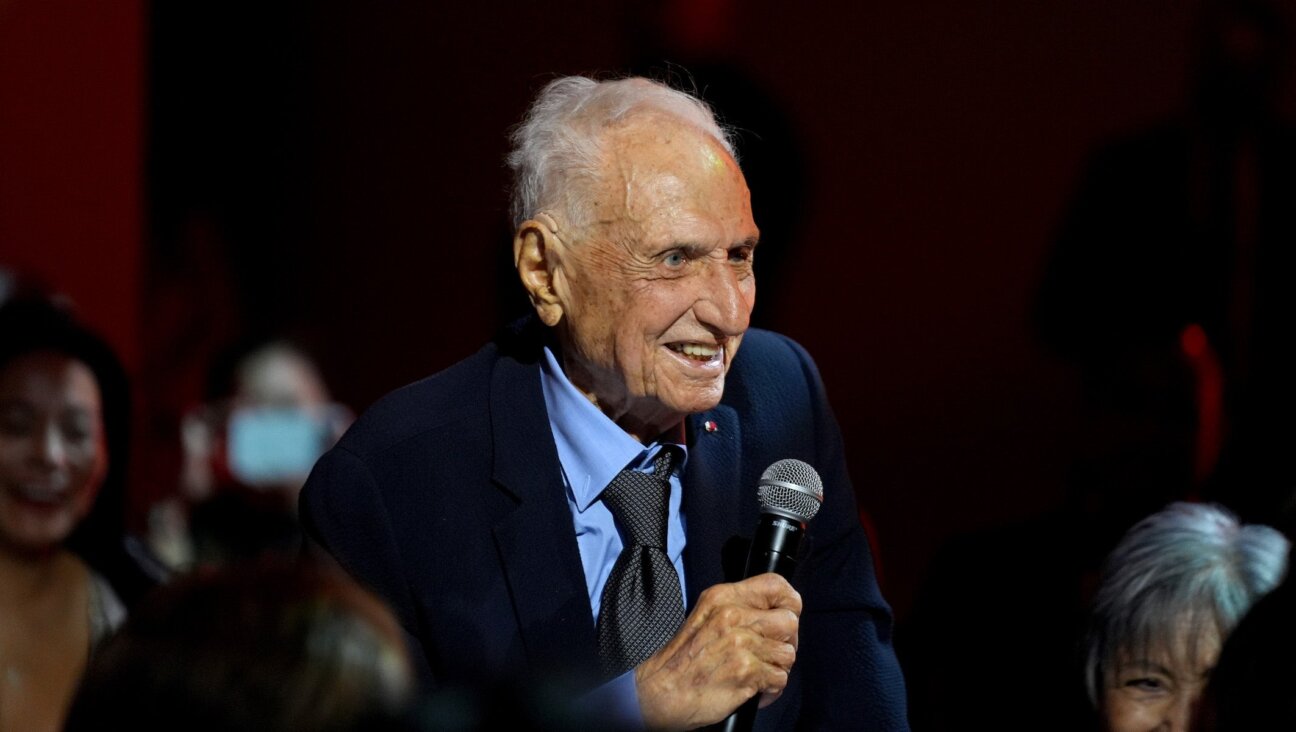‘Day Hitler Died’ Documents Last Days in Fuhrer’s Bunker

Graphic by Angelie Zaslavsky
Filmed interviews with 22 men and women who had shared the Führer Bunker with Adolf Hitler during the last four months of his life make up a new documentary.
Holed up in the Führer Bunker in Berlin and surrounded by Soviet troops, Hitler simultaneously bit down on a cyanide capsule and fired a bullet through his head on April 30, 1945.
Thus ended the life of the man responsible for the killing of 40 million to 50 million soldiers and civilians during World War II and the Holocaust. Yet so strong was the mystique of the Führer that many refused to believe that the man whose name had become a synonym for absolute evil was actually gone for good.
To settle the matter once and for all, Michael Musmanno, an American judge at the Nuremberg trial of top Nazi war criminals, decided to conduct filmed interviews with 22 men and women, who had shared the 18 rooms of the Führer Bunker with Hitler during the last four months of the promised 1,000-Year Reich.
The films subsequently disappeared and were presumed lost, until they were rediscovered two years ago in a Pittsburg archive.
Now assembled into a documentary, “The Day Hitler Died” will premiere on the Smithsonian Channel on Nov. 16.
Up until a week before the end Hitler still deluded himself that Germany could stave off defeat.
Finally, when Benito Mussolini, his old fascist mentor, was executed by Italian partisans on April 27 and strung by his heels from a metal girder, Hitler swore that he would kill himself before enduring a similar humiliating end.
But he had one piece of unfinished business, which was to marry Eva Braun, his long-time mistress. On April 29, in what must be one of the most macabre weddings on record, Braun put on her makeup and painted her nails for the nuptials. After the ceremony, the bunker inmates congratulated and toasted the new husband and wife, who then excused themselves to plan for their suicide the following day.
Finally, Hitler dictated his last will and testament to his private secretary. At 56 and after 12 years in power, leaving a trail of mass graves and rubble-strewn cities, the dictator’s foremost obsession had not changed. He had always been a man of peace, Hitler asserted in the opening paragraph of his testament. The people who bore the ultimate responsibility for the devastation, he said, were “International Jewry and its helpers.”
The next day, April 30, the newlyweds had lunch, and then the new Mrs. Hitler changed into a dress favored by her husband. At 3:30 p.m., Hitler Youth leader Artur Axmann entered the Führer’s room and found that the couple had committed suicide. Their bodies were carried outside the bunker, doused with gasoline, set on fire, and the charred remains buried in a shell crater.
In 1956, some 11 years after putting a bullet through his head, a German court finally declared that Hitler was officially and legally dead.













